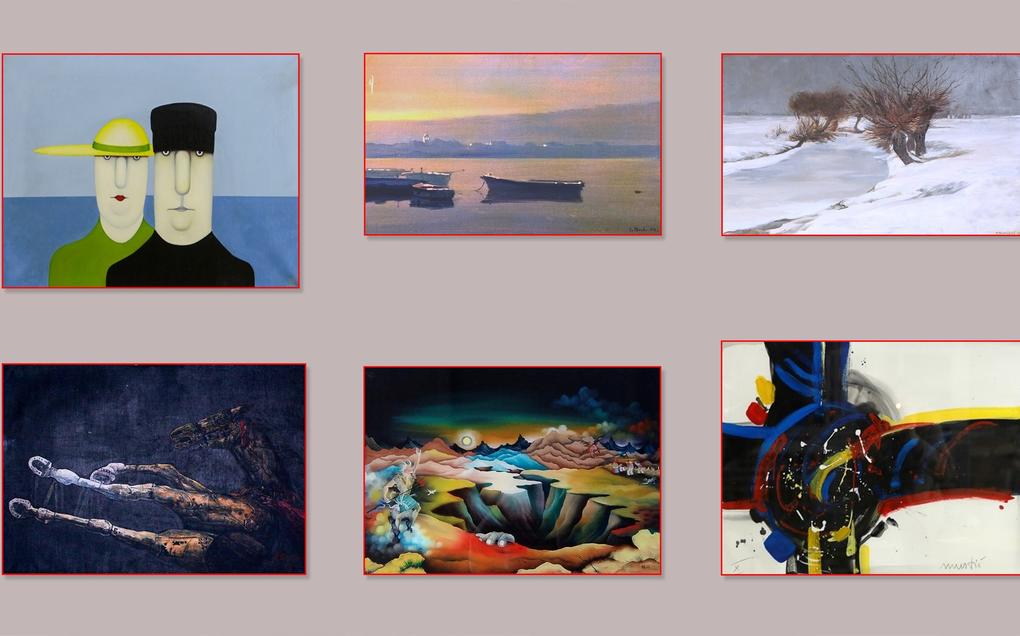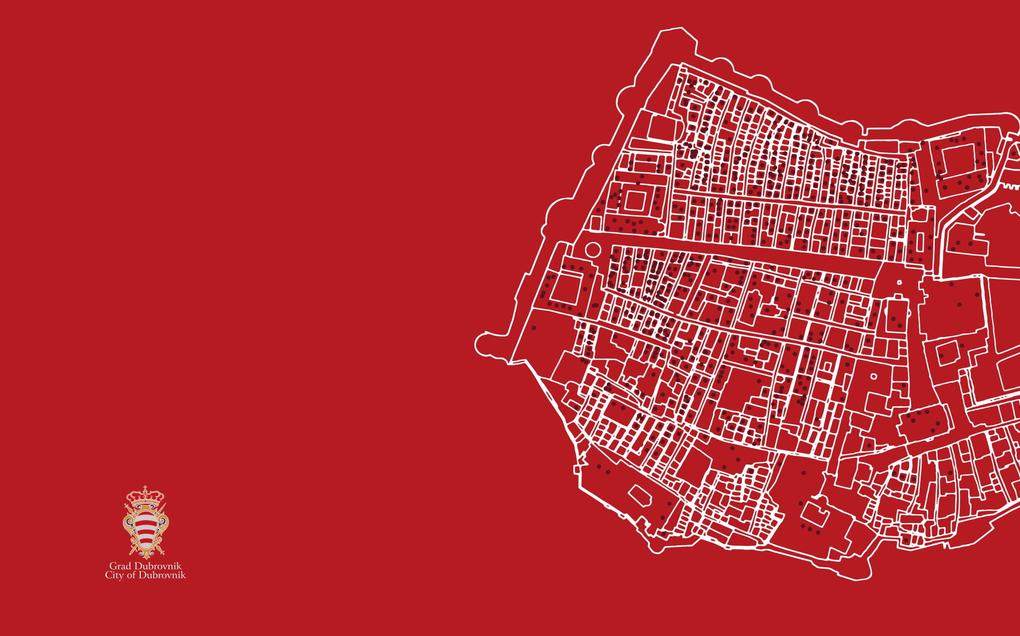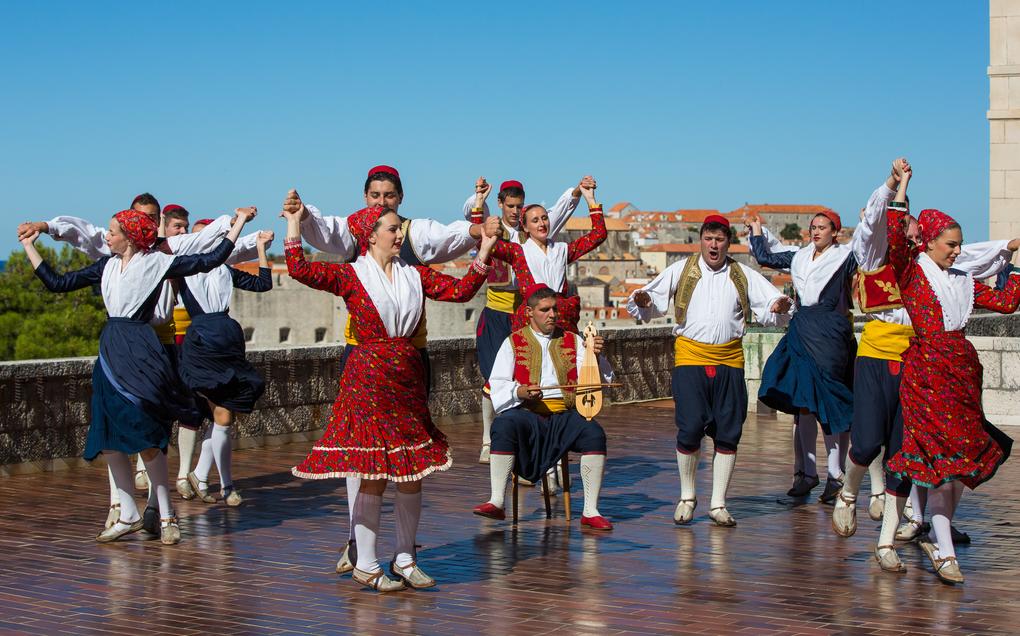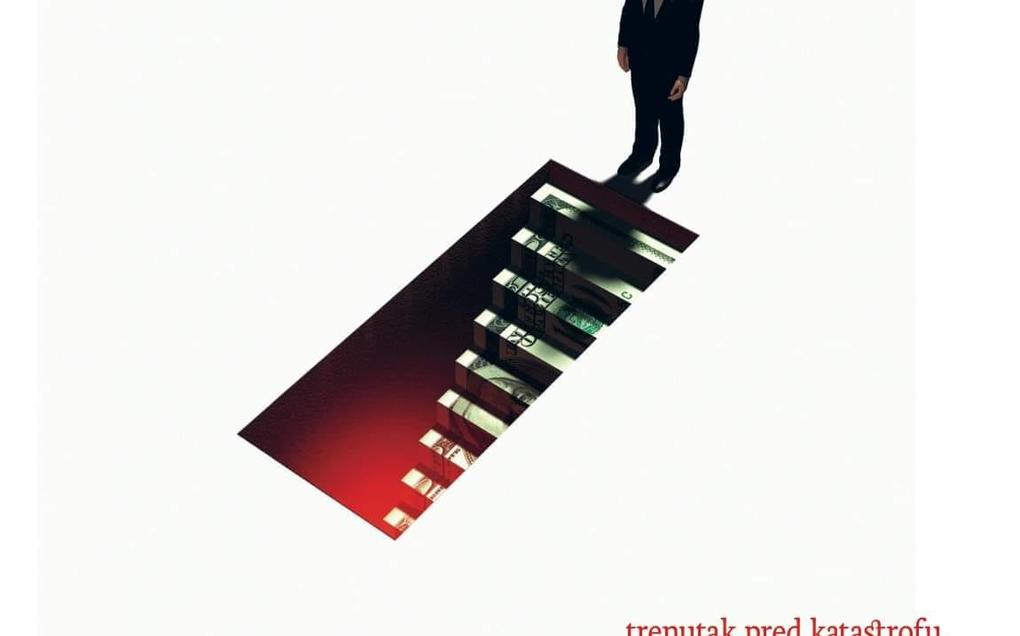Alternative biographies
Luka Sorkočević
When he turned 18, Luka was elected member of the Major Council and some of the services he systematically performed for the Republic were, the position of Rector of Lopud and Koločep, the position of a supervisor against wine smuggling, supervisor in the public theatre and the girl’s dormitory, and guardian of justice. In his youth he was devoted to music – his first and true calling. He studied in Rome from 1756 – 1763. After he returned to Dubrovnik, he was again elected into public service, which did not leave enough time for music. When he was 30 years old he married a noble woman from the Bonda family. With his family and brother Miho, he lived in the family palace opposite the cathedral (today’s Bishop’s Palace), and this is where he ended his life on 11 September 1789 by jumping out of a window. It was the consequence of kidney disease and frequent depression. Towards the end of his life he enjoyed spending time away from Dubrovnik, where he felt pressured by people around him who demanded his time not understating his most important profession. Despite his suicide, he was buried in the Franciscan church of Friars Minor with all the usual aristocratic honours.
In 1781, the Dubrovnik Senate sent Luka to the court in Vienna as an ambassador, to strengthen the relationship with the new Emperor Joseph II. During his four-month stay in Vienna, he kept a diary in the Italian language. He encountered the most prominent European figures, who were also patrons of the arts. W. A. Mozart was in Vienna at that time, but they probably did not meet, however Luka met the famous librettist Pietro Metastasi and the opera reformer Ch. W. Gluck, whose works he praised. He had a particularly close relationship with J. Haydn who gave him a copy of his six string quartets. Luka returned to Dubrovnik with valuable experiences and music items that are today kept in the archive of the monastery of the Friars Minor. He composed works that are considered the first symphonies in the history of Croatian music. Luka’s music education books contain multi-vocal fugues, and symphonies he created in Dubrovnik and during his education in Rome with Rinaldo di Capua. Luka performed his symphonies in private concerts at his family palace and summer residences. He was an amateur musician whose works were on an equal footing with those of his European contemporaries. His style of music announced the Vienna classical style.







